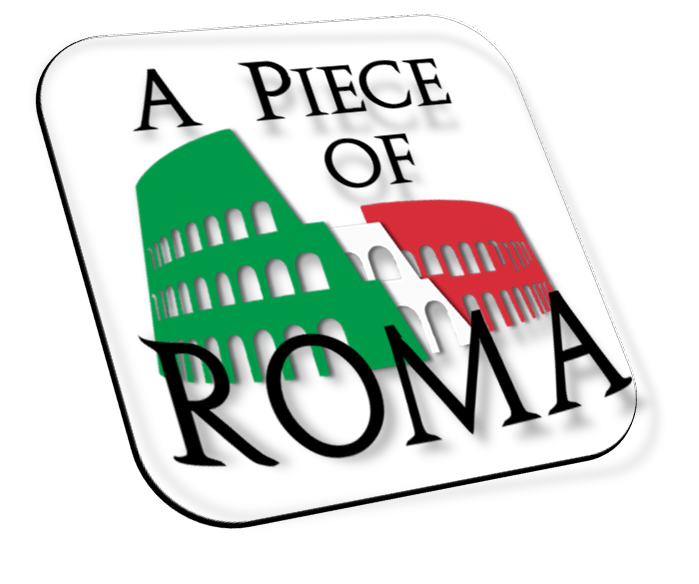The term ‘Sanpietrino’ is referred to the material used to pave the roads of the historical center of Rome. It is made of basalt, cut in truncated pyramid forms with a squared base of 12 cm, a maximum height of 17 cm and maximum weight of 3 kilos. The name comes from the homonym of St. Peter square where it was first used in XVI century to pave the piazza for its compactness and suitableness for carriage passages.
The predecessor of Sanpietrino was the Basolo, another volcanic rock used as paving material in Roman times to build the road system. Before the paving technique was developed, the roads were thought to be made of dirt or gravel. With the growth of the city and the consequent need to facilitate travels and transports around the kingdom, paving techniques were developed and, with a first appearance in the center of the city, the use was easily spread around the whole kingdom.
During the middle ages and Reinassance, the Basolo was replaced by basalt pavings of irregular shapes. Later on, at the apex of Enlightenment Age, the irregular stones became standardized with fixed dimensions.
The modern Sanpietrini came from 1585 when pope Sistus V ordered the use of them to pave 120 roads. In the 1600’s, the increased usage of carriages smoothed out the pavement, facilitating their passage and leading to wide-spreading of the stone. Numerous stone-cutting schools were established as well as a specific form of art called “arte dei serciaroli” was born.
In the XVII and XVIII centuries, the use of sanpietrino on roman roads became widely popular.
In 1890 the artisans of the stone coming from the nearby mountains of Abruzzo established the first stone cutters cooperative, ‘’ Cooperativa dei selciaroli di Alfedena” in Montecompatri, a town outside Rome. The cutters were usually large men, who moved to Rome from June to October to pave the roads. They were known among people with nicknames referred to their physical aspect. The most famous, Er Vaccaretto, was of legendary skills: he could put together 6000 blocks a day, paving an area of 60 meter squared.
In 1927 more than half of the roads in Rome were paved with Sanpetrini.
GEOLOGY
The sanpietrini are blocks of lava stone from the Alban Hills (Italian Colli Albani), site of a quiescent volcanic complex, located 20 km (12 mi) southeast of Rome.
The dominant peak (but not the highest) is Monte Cavo at 950 m. There are two small calderas which contain lakes, lake Albano and lake Nemi.
The Alban Hills volcanic system started his eruptive activity 530000 years ago and was characterized by a central edifice and three main phases of activity. Construction materials have been extracted from the area throughout history to build the nearby city of Rome and other town around.




